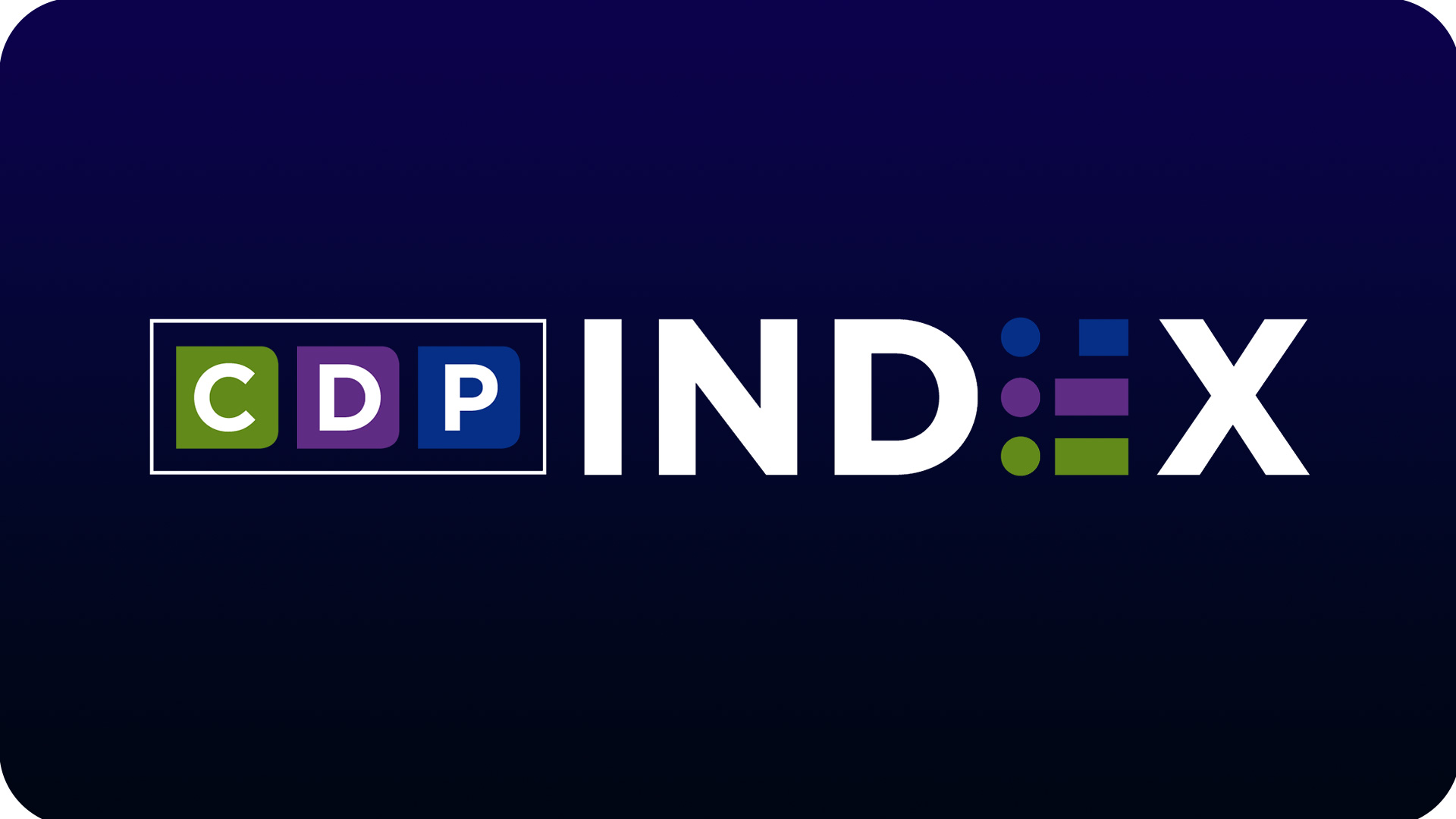Press Forward director advises public media on priorities for funding local news

Leaders of Press Forward, the foundation-led initiative to restore health to the increasingly fragile ecosystem of local news, emphasized collaboration and scalable solutions in a Wednesday webinar exploring how public media can participate.
Dale Anglin, inaugural director of the $500 million national initiative, encouraged stations to reach outside of their comfort zones and reimagine what’s possible.
If station and newsroom leaders are only talking to other public media organizations, she said, “That’s a problem.” The audience for local news doesn’t make a distinction between commercial and public media.
“When you ask people who’s their local news, they may mention all of you,” Anglin said. “They’re not mentioning just one of you. How are you all talking together on how to serve that region better?”
Anglin discussed Press Forward’s work thus far and plans for future grant-making in a webinar co-hosted by Public Media Co. and Current. She was joined by Public Media Co. CEO Tim Isgitt; Silvia Rivera, director of local news at the MacArthur Foundation; and Jim Brady, VP of journalism at the Knight Foundation.
“We don’t have room for any more egos,” Anglin said. “We don’t have room for competition. We need spaces where we can think really creatively, collaboratively, together about how to serve the audience, given that the audience keeps changing.”
Brady also discussed the importance of collaboration to the projects Knight looks to fund. The foundation wants to support models and solutions for sustaining local journalism that can be replicated and scaled up, he said.
Knight has doubled its budget for funding journalism over the next five years as part of its commitment to Press Forward, Brady said. When the initiative was announced, Knight committed to a $150 million, five-year investment.
For Knight, “it’s hard to get into the position where you’re doing small grants to like 20, 50, 100 different organizations to support one journalist here, one journalist there,” he said. “The paperwork associated with that and the administration associated with that is just not realistic.”
Press Forward and Knight want to support projects with potential to solve common problems among local news organizations, he said. “We are looking for places where we can put money in and help lots of news organizations with one particular grant rather than make a lot of smaller ones.”
‘Do your research’
Press Forward launched last year as a philanthropic initiative led by the MacArthur Foundation and 22 donor partners.
To date, it has grown to more than 62 partners, Anglin said.
“Our vision is simple: strengthen communities over the next five years; catalyze a local news renaissance,” she said. “In the end, raise significant new resources for local news from national foundations and high net worth individuals, from local foundations and from just regular residents.”
Its funding is organized into three different areas: donor partners that pledge money to support local news; funders that are pooling their money for grantmaking; and local chapters, which are started by foundations. Press Forward now has 25 local chapters in 20 states, according to Anglin.
The initiative recently completed its first open call to support equity in local news coverage. Newsrooms that operate on budgets of less than $1 million were eligible for the grants. Press Forward expects to award two-year grants of $100,000 to at least 100 newsrooms.
The grantees will be announced in the fall, Anglin said.
Webinar attendees asked questions about the eligibility criteria limiting grants to news organizations with less than $1 million in revenues.
But Anglin told attendees not to get caught up on the revenue limit because the criteria will be different for future open calls. Press Forward plans to direct its grantmaking to other strategic priorities, such as journalism sustainability, she said.
“We are just getting started,” she said. “… We’re still deciding and coming up with ways in which to get dollars out the door.”
She emphasized that Press Forward plans to support both nonprofit and commercial media. “We are agnostic on the types and the ways in which that information is delivered.”
More than half of the foundations that have signed on with Press Forward have never funded journalism before, Anglin said.
“This is new for many of our funders,” she said. “Don’t assume when you talk to a funder that they understand how you work. … Learn who they are, learn what they are interested in. If they care only about health care and you’re doing a health care beat, then go ahead and talk to them. But if you’re doing an art beat don’t go to them because they’re not going to fund you, right? Do your research.”
One audience member asked what advice the panelists had for public media.
Brady suggested public media could step in to cover the news beats that have been lost by newspapers shutting down or downsizing.
“Not to go back to 400-person newsrooms, but just to provide some of that depth of coverage that these papers used to provide,” he said.
Another possibility is for public media to seek “innovative ways to figure out how to get more people into the newsroom” without having to double or triple spending. For digital publishers, infrastructure funding has allowed them to “plug into common systems to bring the cost down dramatically” and use the savings to bolster newsrooms, he said.
Rivera, who formerly led Vocalo with Chicago Public Media, believes public media could operate as “the anchor or almost a backbone organization for the support of the broader ecosystem in their communities.” For instance, those roles could include providing fiscal sponsorships or training for smaller organizations.






